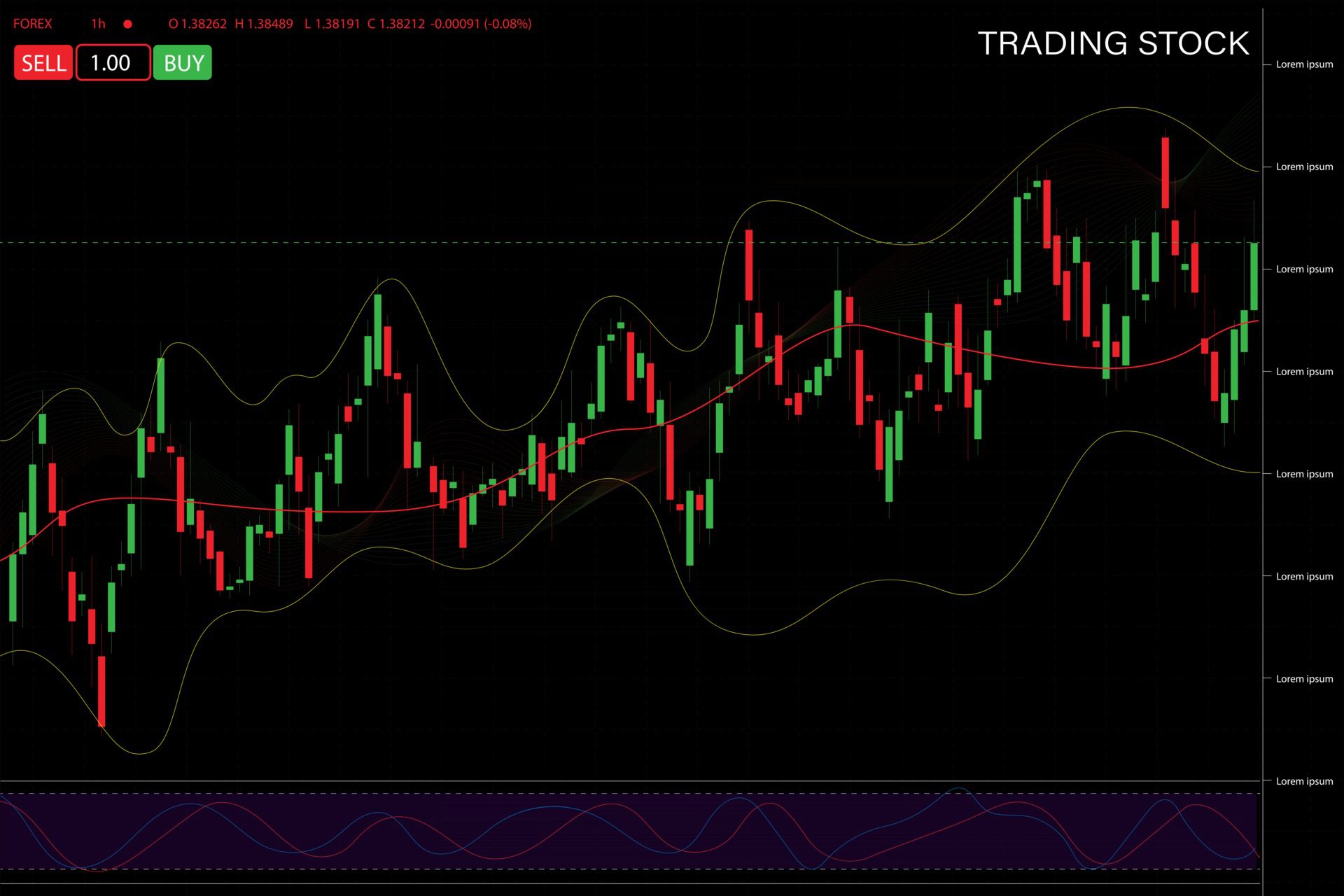If you’re looking to trade the stock market, you’ll want to learn about indices trading. Indices are a collection of stocks from different companies that are grouped together to form a financial market indicator. There are many different stock market indices around the world, and each one reflects the performance of a particular region or country.
A single transaction can give you sector or economic exposure. Indices are composed of individual stocks that are connected and generally ranked by third parties like the FTSE Group, Deutsche Börse, and Standard & Poor’s. Most traders are familiar with the names and abbreviations of the major global stock indices; however, not everyone is aware that they can also be traded using CFDs. When it comes to trading stock indices using CFDs, they act similarly to regular equities.
This post will discuss two types of CFDs that you can use to trade indices: index cash CFDs and futures CFDs. We will also explore some common index trading strategies!
How to trade indices?
CFD trading, also known as Contracts for Difference, is another popular way to trade indices. These financial instruments allow investors profit from falling and rising prices; if you think the index will decrease, open a short (sell) position; and if you believe it will increase, open a long (buy) position. Ternary futures or cash indices are used to get exposure to the index price on Axi in two ways: ternary futures or cash indices.


Index futures contracts are usually chosen by traders who have a long-term perspective. This is because the higher overnight financing cost is already included in the overall spreads. With index futures trading, the future price at which traders agree to deliver something in the future is used.
Traders with a short-term focus like cash indices, have narrower spreads than index futures. Cash indices are bought and sold at the market price of the underlying market in real-time.
The most popular indices markets to trade
Some of the most popular indices that we offer at Axi are:
- Global Indices: S&P500, NASDAQ, Dow Jones, FTSE 100
- Asian Indices: NIKKEI 225, HANG SENG INDEX
- European Indices: DAX 30, CAC 40
- Australian Indices: ASX 200
- Commodity Indices: OIL, GOLD
What are some common index trading strategies?
There are many different index trading strategies that you can use, but here are three of the most popular ones:
- The first strategy is a trend following. This involves looking for indices that are in an uptrend or a downtrend and then following that trend. You can use technical indicators like moving averages to help you identify the direction of the trend.
- The second strategy is countertrend trading. This involves taking trades in the opposite direction of the current trend. This strategy aims to buy when everyone else is selling or sell when everyone else is buying.
- The third strategy is mean reversion. This involves taking trades when the market has moved too far in one direction, and you think it will revert back to the mean. This can be done using technical indicators like Bollinger Bands.
The Foxtrot Example
Now that we’ve discussed some common index trading strategies let’s take a look at an example. We will use the Foxtrot cash index as our example. The Foxtrot is a global equity index that consists of the top 50 companies in the world by market capitalization.
To begin, let’s say that the Foxtrot is currently trading at $12,000. You believe that it is going to continue to rise, so you open a long position. The index then rallies and hits your target price of $13,000. You close your position and take your profit.
Now let’s say that instead of going up, the Foxtrot starts to fall and hits your stop loss of $11,500. The index then continues to fall and you are stopped out at a loss.
As you can see, trading indices using CFDs is a relatively simple process. However, it is important to remember that, like any other type of trading, there is risk involved. Before you begin trading, make sure you understand the risks and have a risk management strategy in place.
Indexes offer a great way to get exposure to different markets around the world. By trading index cash CFDs or futures CFDs, you can take advantage of rising and falling markets. There are many different index trading strategies that you can use, so find one that best suits your trading style.





